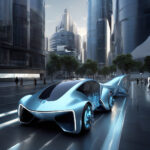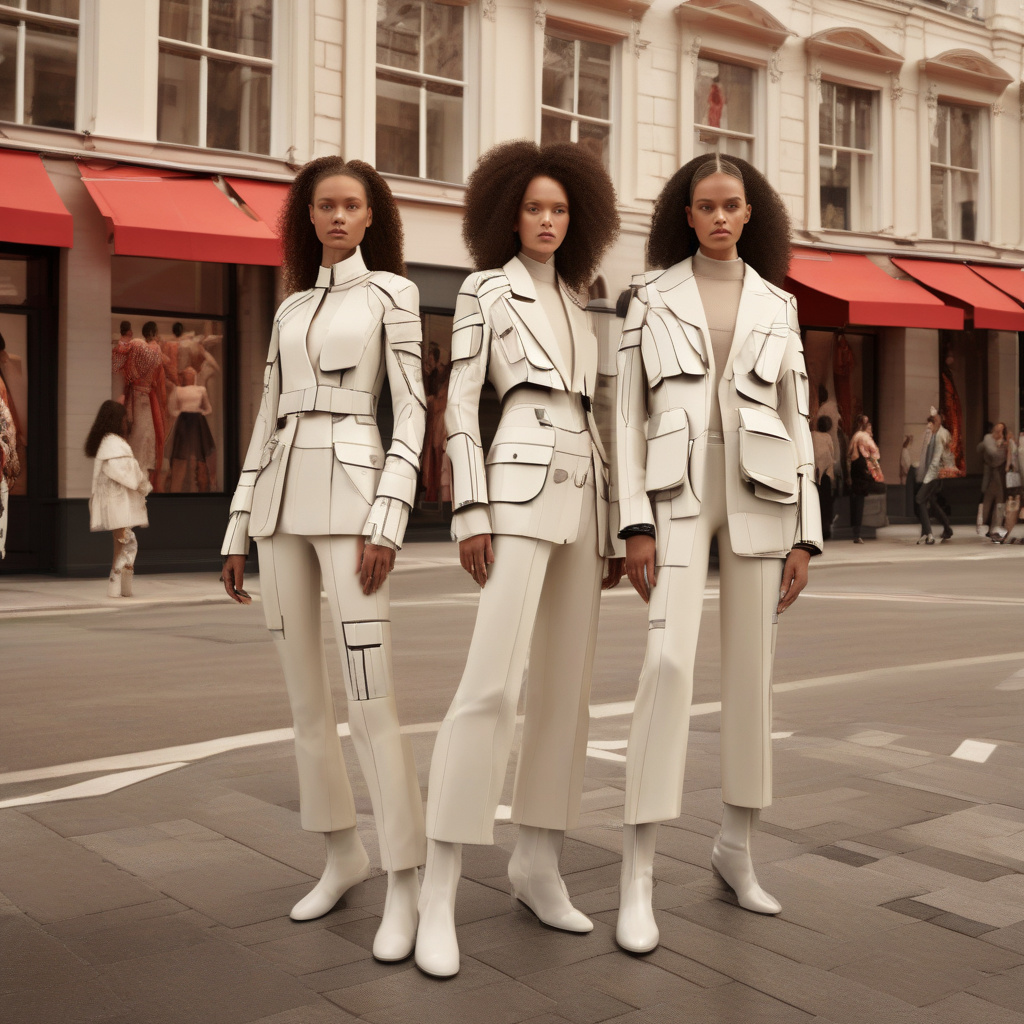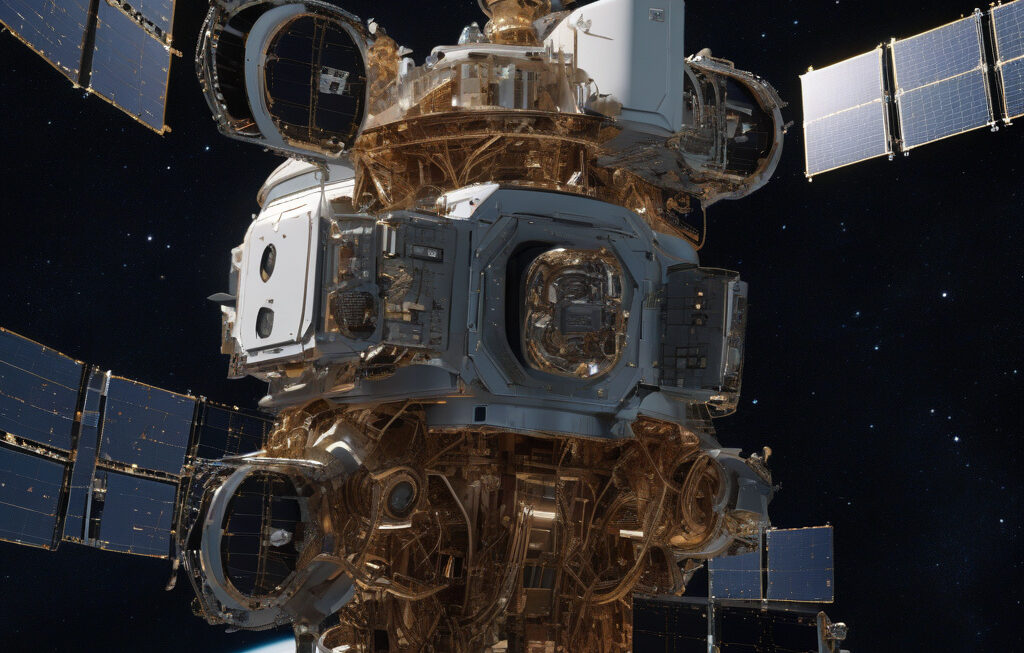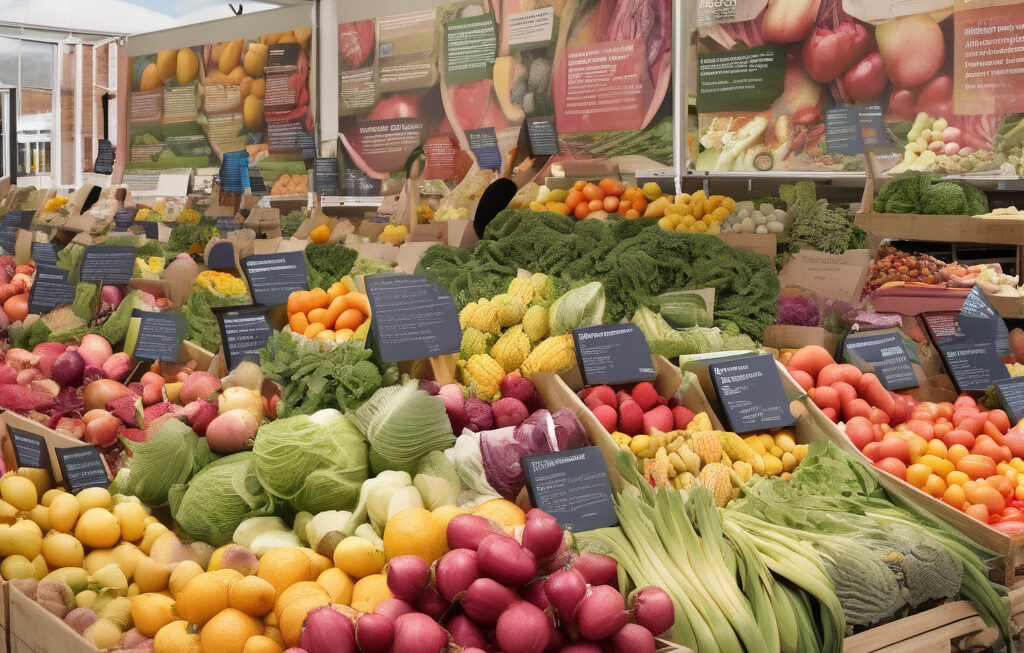H&M to Use AI-Generated Model ‘Twins’ in Marketing Campaigns
Fashion giant H&M is making waves in the industry with its latest announcement to incorporate AI-generated model ‘twins’ in its marketing campaigns. The move is said to be in line with the company’s commitment to personal style and transparency. However, this innovative step has sparked concerns within the fashion realm regarding the potential impact on traditional roles such as photographers and make-up artists.
By leveraging artificial intelligence to create digital models that mirror real people, H&M aims to cater to a diverse audience and showcase a wide range of styles and looks. These AI-generated ‘twins’ are designed to represent different ethnicities, body types, and fashion preferences, allowing the brand to connect with a broader customer base on a more personal level.
While this cutting-edge approach presents exciting opportunities for creativity and inclusivity in the fashion industry, it also raises questions about the future of human roles in marketing and advertising. With AI technology becoming increasingly sophisticated, there is a valid concern that traditional positions, such as photographers and make-up artists, could face the risk of being replaced by digital counterparts.
The use of AI-generated models in marketing campaigns is not entirely new, as other brands have also ventured into this territory to streamline their creative processes and reach a wider audience. However, the scale at which H&M plans to implement this technology sets a precedent for the industry and invites a critical examination of the potential consequences.
One of the primary concerns surrounding the integration of AI-generated models is the impact it may have on job opportunities within the fashion sector. While the technology offers efficiency and cost-effectiveness for brands, it also poses a threat to the livelihoods of professionals who rely on traditional roles in photography, styling, and artistry.
Moreover, there are ethical considerations to take into account when dealing with AI-generated models, particularly in terms of authenticity and representation. As digital entities created by algorithms, these ‘twins’ may not accurately reflect the complexities and nuances of real individuals, raising questions about the authenticity of the brand’s messaging and imagery.
Despite the potential challenges and controversies that may arise from this groundbreaking initiative, H&M’s decision to embrace AI-generated models signifies a significant shift in the fashion industry towards technological innovation and digital transformation. As consumer preferences and behaviors continue to evolve in the digital age, brands are compelled to adapt and explore new ways of engaging with their audience.
In conclusion, H&M’s use of AI-generated model ‘twins’ in marketing campaigns heralds a new era of creativity and diversity in the fashion landscape. While the company emphasizes its commitment to personal style and transparency, the broader implications of this technological advancement raise important questions about the future of human roles in the industry. As the fashion world navigates the intersection of technology and creativity, it is essential to strike a balance between innovation and inclusivity to shape a more sustainable and equitable future for all stakeholders involved.
H&M, AI, Fashion Industry, Marketing Campaigns, Digital Transformation












